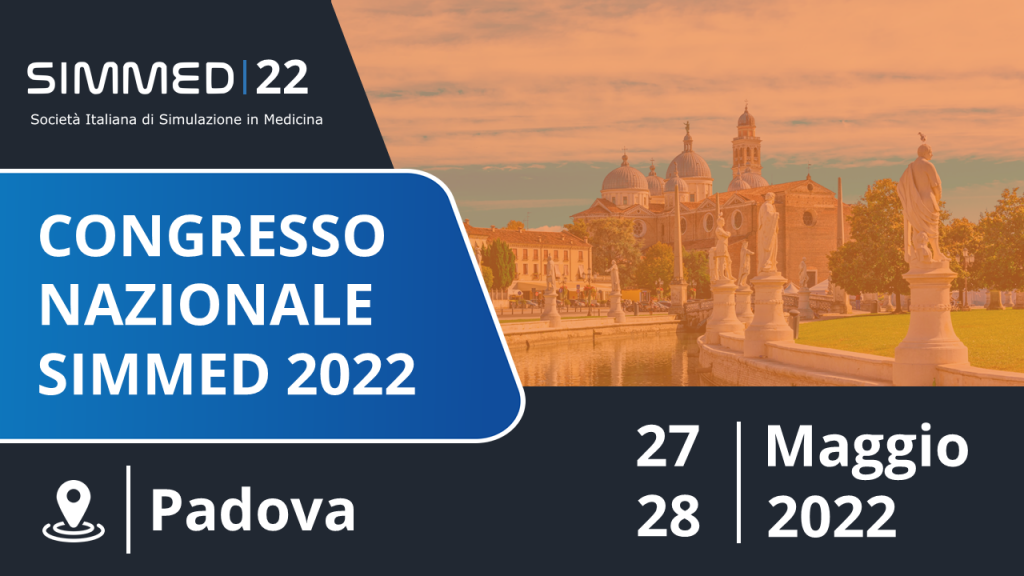
Scientific Committee SIMMED22
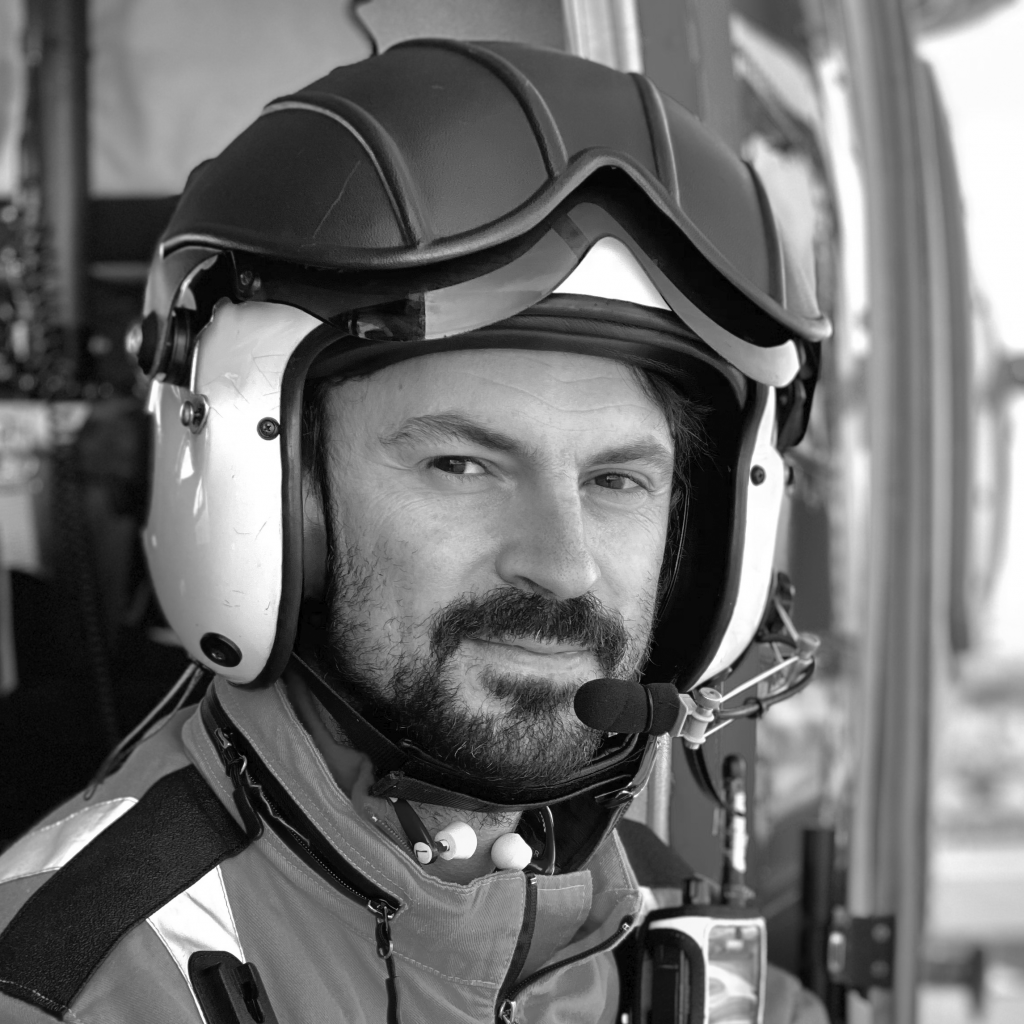
Resuscitator anesthesiologist at the Humanitas Research Hospital in Milan. He did humanitarian work with Doctors Without Borders, in a trauma center in Yemen. Simulation instructor, collaborated with the SIMNOVA center of the Univ. of Piamonte Oriental. Co-created SIMCUP ©
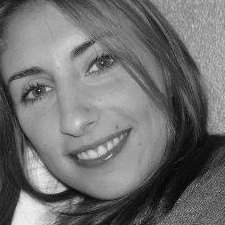
Specialist in Emergency Medicine and secretary of SIMMED, she is an enthusiast of simulation in all its forms. At the Univ. of Padua he has just finished a doctorate and now coordinates the teaching and research activities of the simulation faculty of the Department of Medicine-DIMED
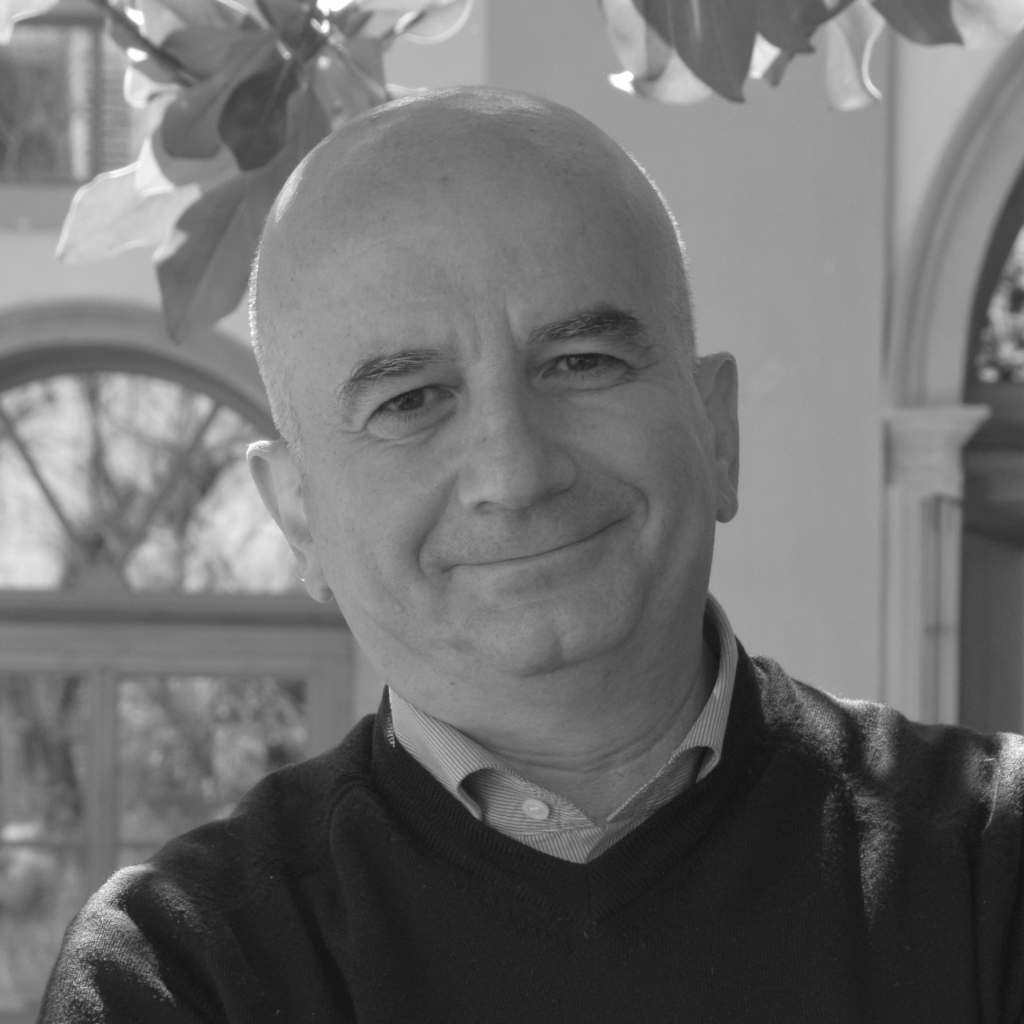
Director of the “Meyer Simulation Center” at the Meyer University Hospital in Florence. Founding Partner and current Member of the Board of Directors of the Italian Society for Simulation in Medicine (SIMMED). He is President of the Pediatric Intensive Care and Emergency Nursing Medical Academy.
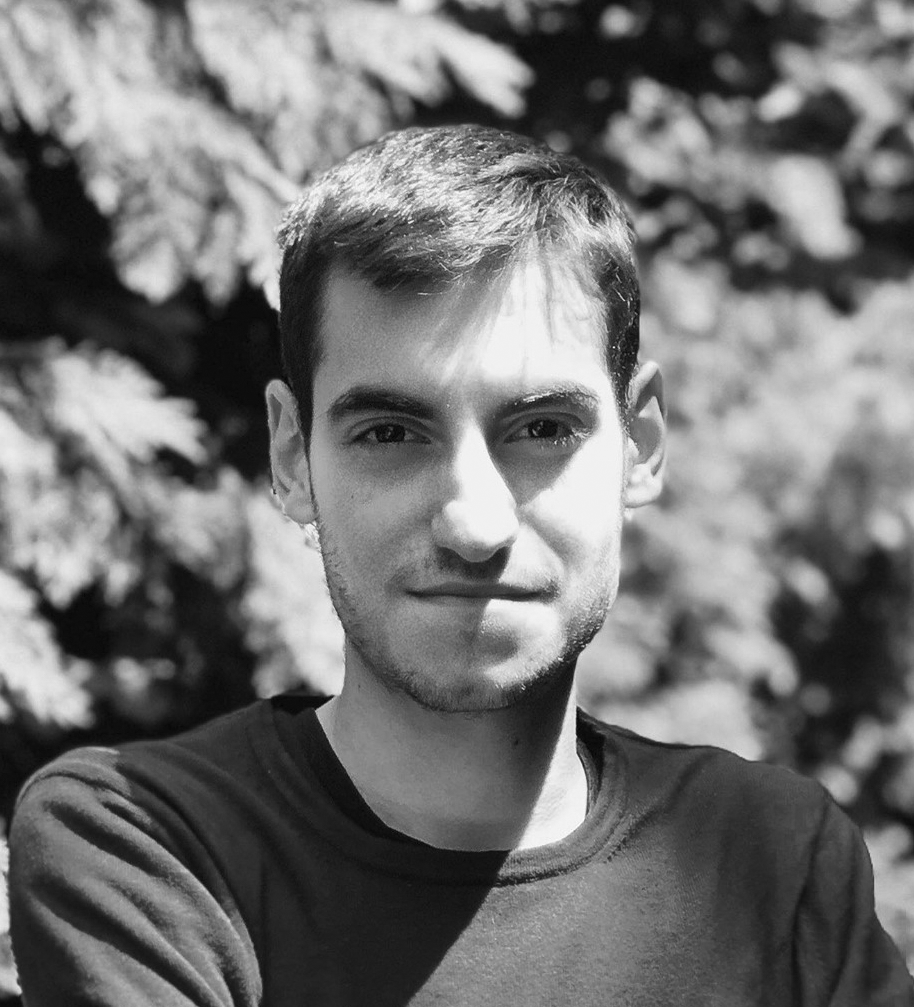
Graduated in computer science, with experience in software programming, always passionate about technology. He has been involved in video editing, hardware and software support, writing articles for instaNews and personal sites. Since 2021 he is a simulation specialist at the SIMNOVA Center of the Univ. of Eastern Piedmont
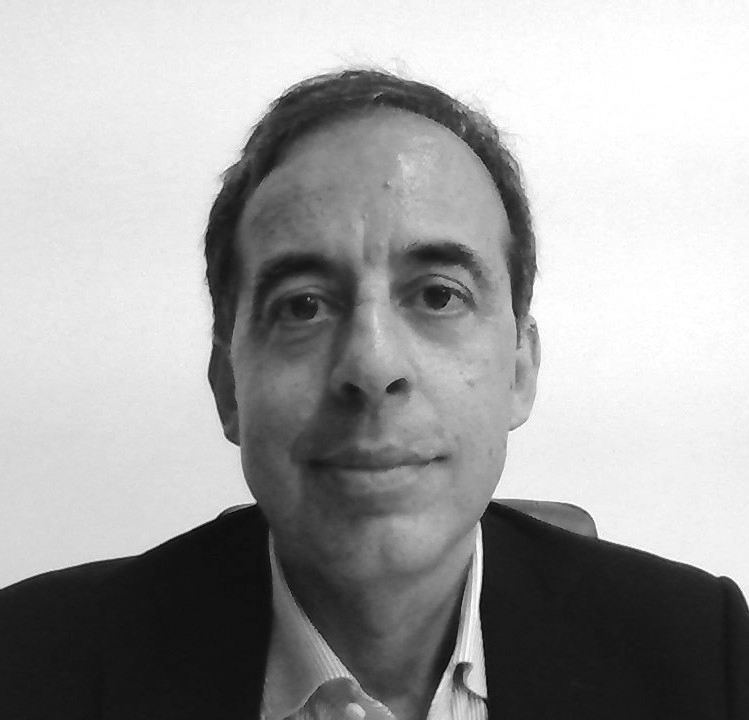
Anesthesiologist, Prof. Vincenzo Fodale is director of the Center for Simulation and Innovative Didactics (SIDI) at the University of Messina. Professor of simulation in medical and health degree courses, he is the author of the manual “Skill-Book: basic professional skills”
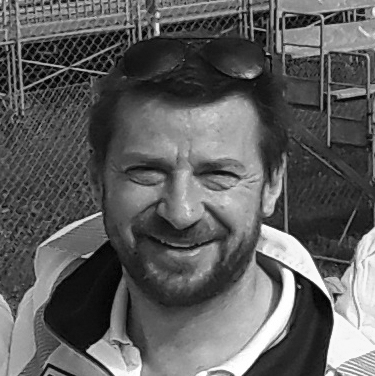
Graduated in Nursing Sciences from the Univ. Bicocca of Milan. He worked at the 118 Operations Center in Monza, then at the San Gerardo Hospital as Department Coordinator. Since 2010 in charge of Training of the Regional Agency for Emergencies and Urgencies (AREU), now Director of the Structure of the Training Complex and the Simulation Center IR & TeC-AREU. In 2021 he acquires the master’s degree in “Directors of Health Companies”
[rml_read_more]
Keynote Speakers
Rita Erica Fioravanzo
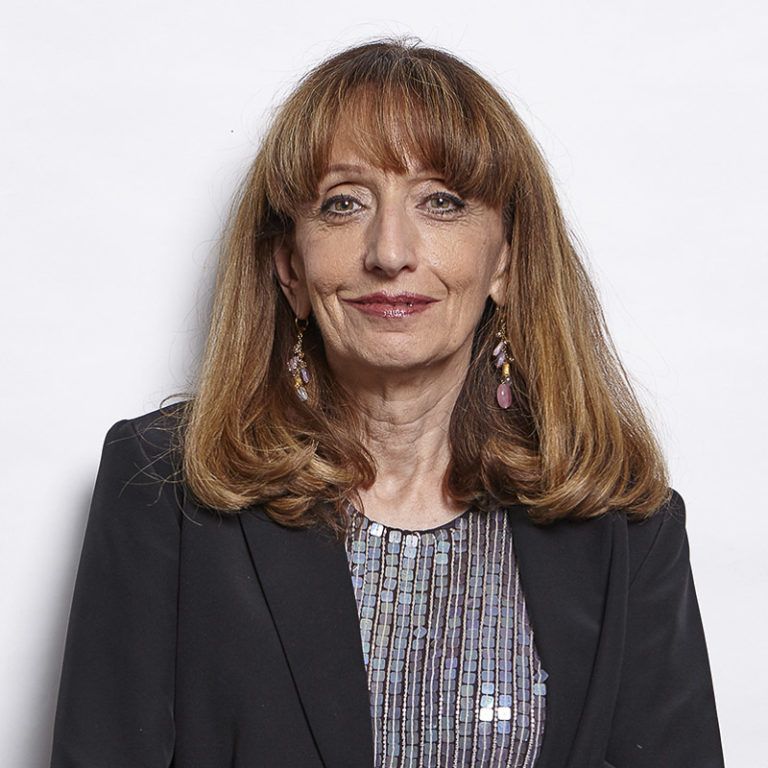
Why should simulation become a fundamental tool for the training of health professionals?
Simulation allows the student’s mind to learn the technical skills of the profession in a unique and extremely advantageous way for both the cognitive system and the memory system. Simulation learning works as a “cognitive vaccine” and, like the vaccine, creates an immunological memory that, upon contact with an antigen, “remembers” the previous contact it had through the vaccine and is therefore capable of react more quickly and effectively, so the simulation creates a Simulated Memory of the clinical act that the brain can use immediately and efficiently in the real situation.
Specialist in Clinical Psychology and Psychotherapy, in Psychotraumatology and Traumatherapy with a doctorate from the Univ. of Ulm on empirical research applied to the evaluation of results in psychotherapy. President and Scientific Director of the European Institute of Psychotraumatology and Stress Management (IEP). Director of two master’s degrees, professor at the Sant’Anna School of Higher Studies in Pisa, at the University of Urbino and at numerous specialized university schools.
For more information, visit www.psicotraumatologia.org.
As the former president of SESAM, what is the state of simulation in Europe?
Simulation has the potential to facilitate the delivery of safe, patient-centered care by competent and confident healthcare professionals. To make this vision a reality, we need to create a sustainable interprofessional community across Europe that strives to advance knowledge, improve quality and promote access to health simulation. To achieve this, each health organization must be supported in the development of a local simulation infrastructure. Unfortunately, there are still many healthcare facilities across Europe that lack simulation capabilities. It is our duty, as a European simulation community, to support and guide them to achieve this goal.
Pediatric ICU Specialist at Bristol Children’s Hospital. Since 2004 he has been actively involved in simulation training and leadership at institutional, regional, national and international levels. His goal has always been to create local and sustainable simulation infrastructures that improve patient safety and quality of care. All of this through the integration of multidisciplinary interprofessional simulation initiatives at undergraduate and postgraduate levels focused on optimizing the performance of health professionals, as well as the teams and systems in which they work.
David Grant
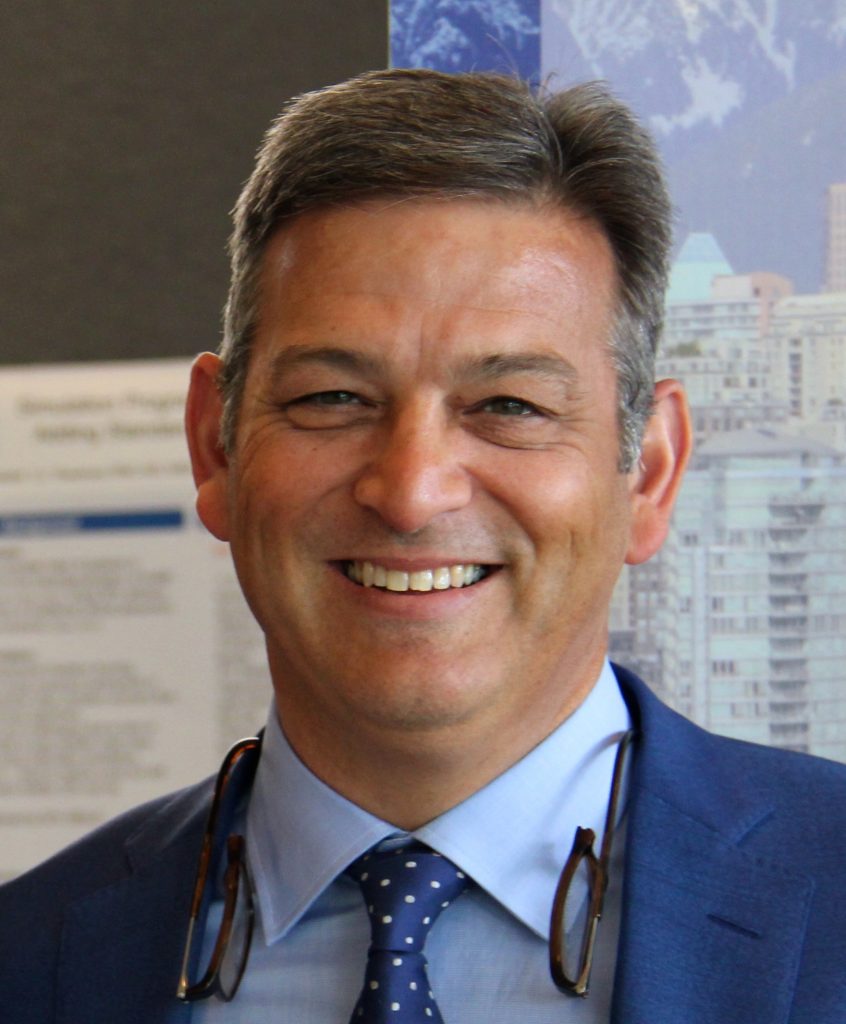
The best abstracts
Use of open digital resources in the participatory design of simulation: the case of 118 Piacenza
F. Monaco
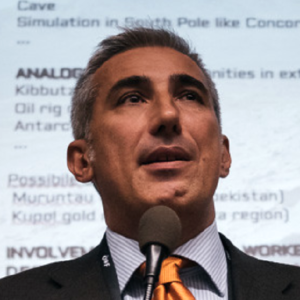
The use of open source resources for teaching and training in simulation has made it possible to facilitate the design, production and delivery processes of a bootstrap website that includes the demonstration of scenarios that can be created with panoramic photographs of ambulances, medical cars and the decontamination cabinet of NBCR tunnel. The photos were taken at garage 118 in Piacenza, which gave permission to license the photos as creative commons. The site https://vr118pc.github.io/ allows you to view, download and reuse all the images. Useful as a kit for teachers and trainers, the material was used for the experimental design of e-Learning modules by higher education students in the Critical Area of the Department of Medicine and Surgery of the University of Parma, but also on the occasion of the Night of the Investigators. The use of plugin for virtual tours allows you to design and create digital simulation scenarios with minimal technical knowledge.
MR STEVE: Mixed Reality Simulator for Trauma Management
M. Coduri, E. Grasso, A. Calandrino, M. Chessa, M. Casadio, S. Ricci
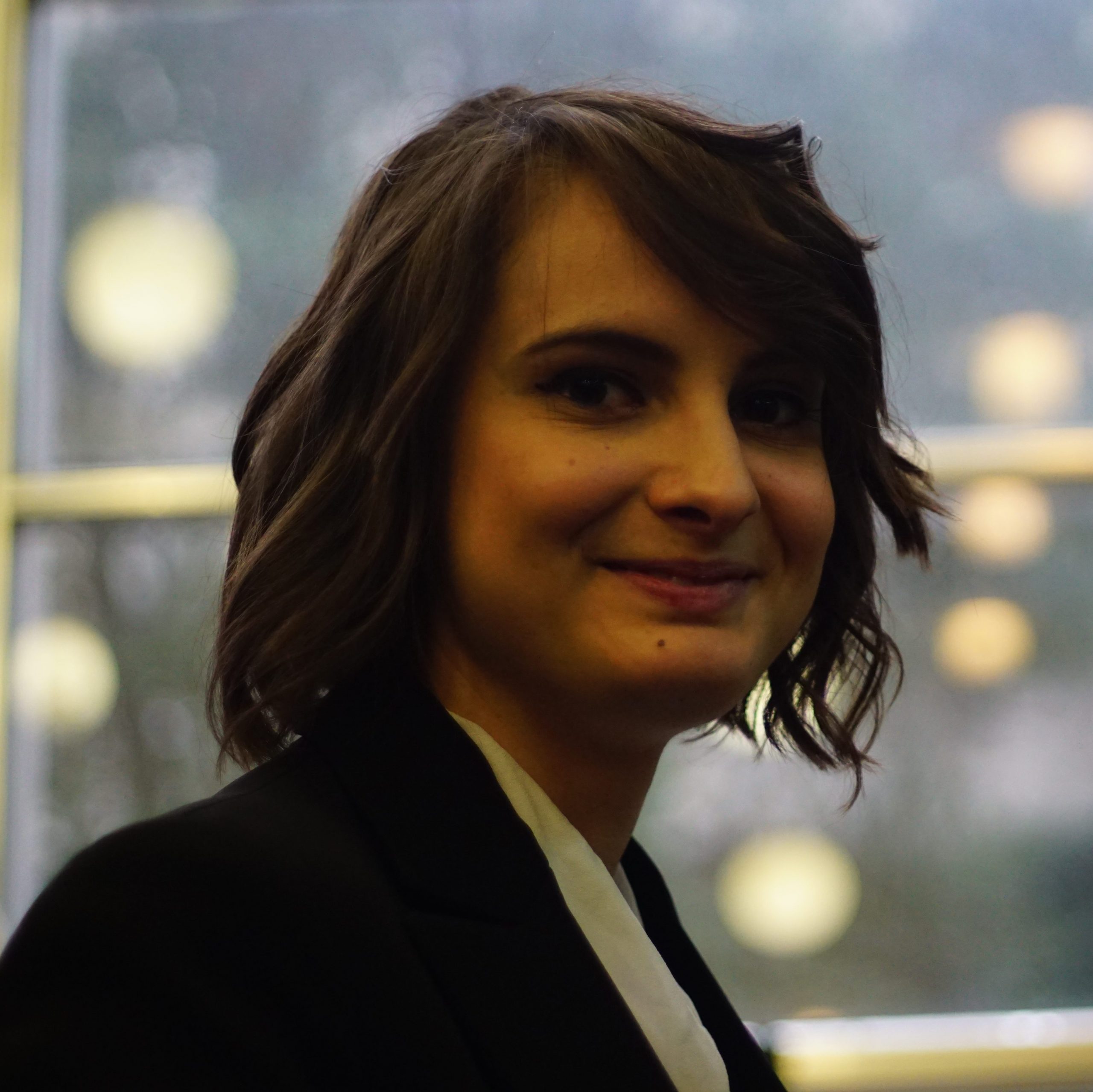
Trauma is a common emergency that requires immediate attention, so proper training is essential. One possible way to train and assess the skills of health professionals involved in trauma management is the use of simulators, which provide a realistic experience in a controlled and repeatable way. In recent years, technologies such as Virtual Reality (VR) have sparked increased interest in medical education; however, one of its main limitations is the lack of realistic haptic feedback that can affect learning. To overcome this limit we have implemented MR STEVE (Mixed Reality Simulator of Traumatic EVEnts), a system that combines a high fidelity manikin, a VR setup, an application usable both from a monitor and using the VR viewer and sensors to assess in real-time student performance. The real and virtual worlds overlap so that the student can operate on the manikin immersed in a realistic scenario.
“Soft-skills: What’s up”. Learn by playing
M. Bernardini, A. Zamboni
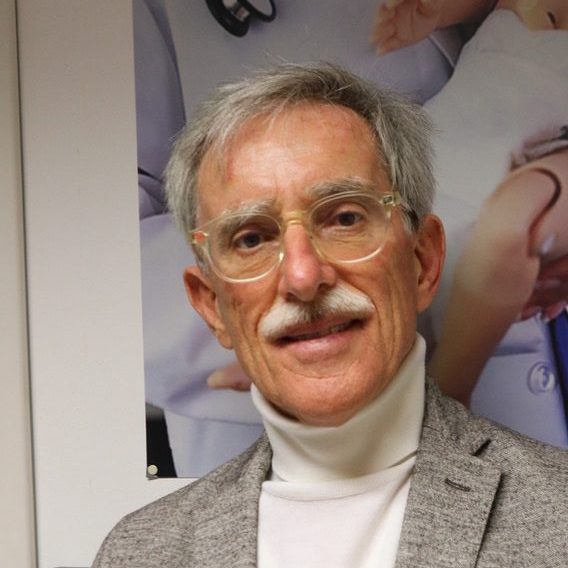
The idea for the course was born from a three-way conversation with Michela Bernardini and Marina De’ Medici (Trainers at SIMNOVA, Novara).
The theme: Soft-skills, (or CRM-skills… but also Non-Technical skills). Many acronyms to say that not only what you do counts, but also how you do it and the thoughts (mental patterns and personal attitudes) that guide our actions are just as important.
Especially for those who work in a team.
Our goals for the day were
- to introduce participants to observing “team behavior” through simple activities;
- requesting a discussion after the activity (debriefing) to guide them appropriately.
The participants (really many participants!) came from different clinical realities and with different levels of experience.
Soft skills (or non-technical skills) are not “natural” skills! We can all train ourselves to put these cognitive and relational skills into practice with dedicated training.
READ ALSO






























